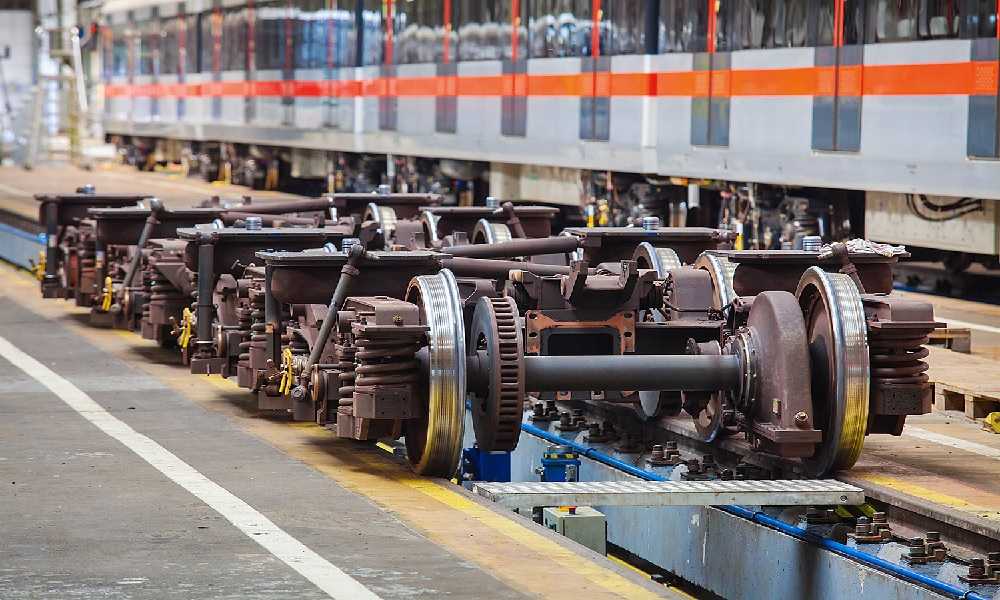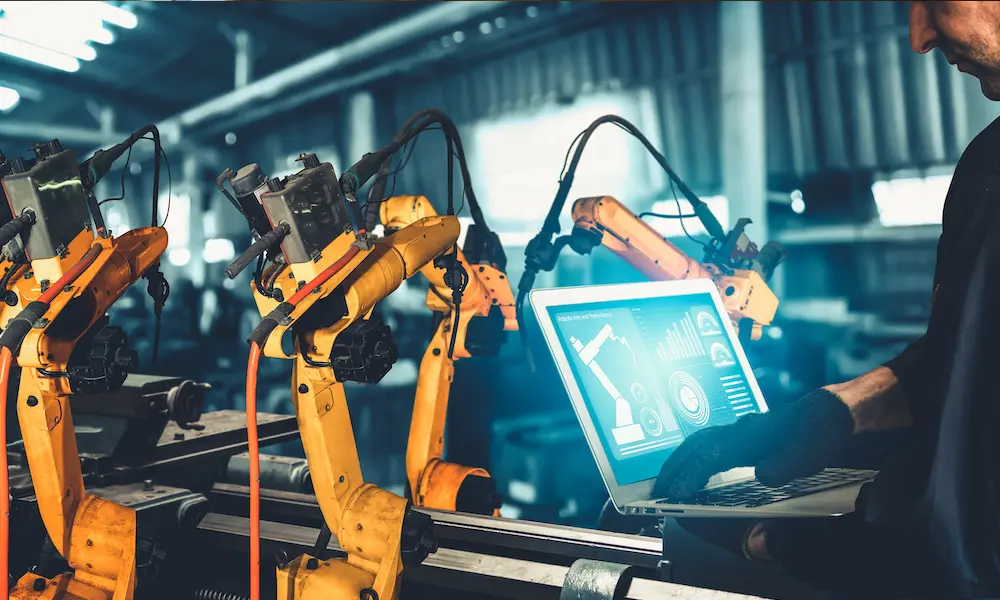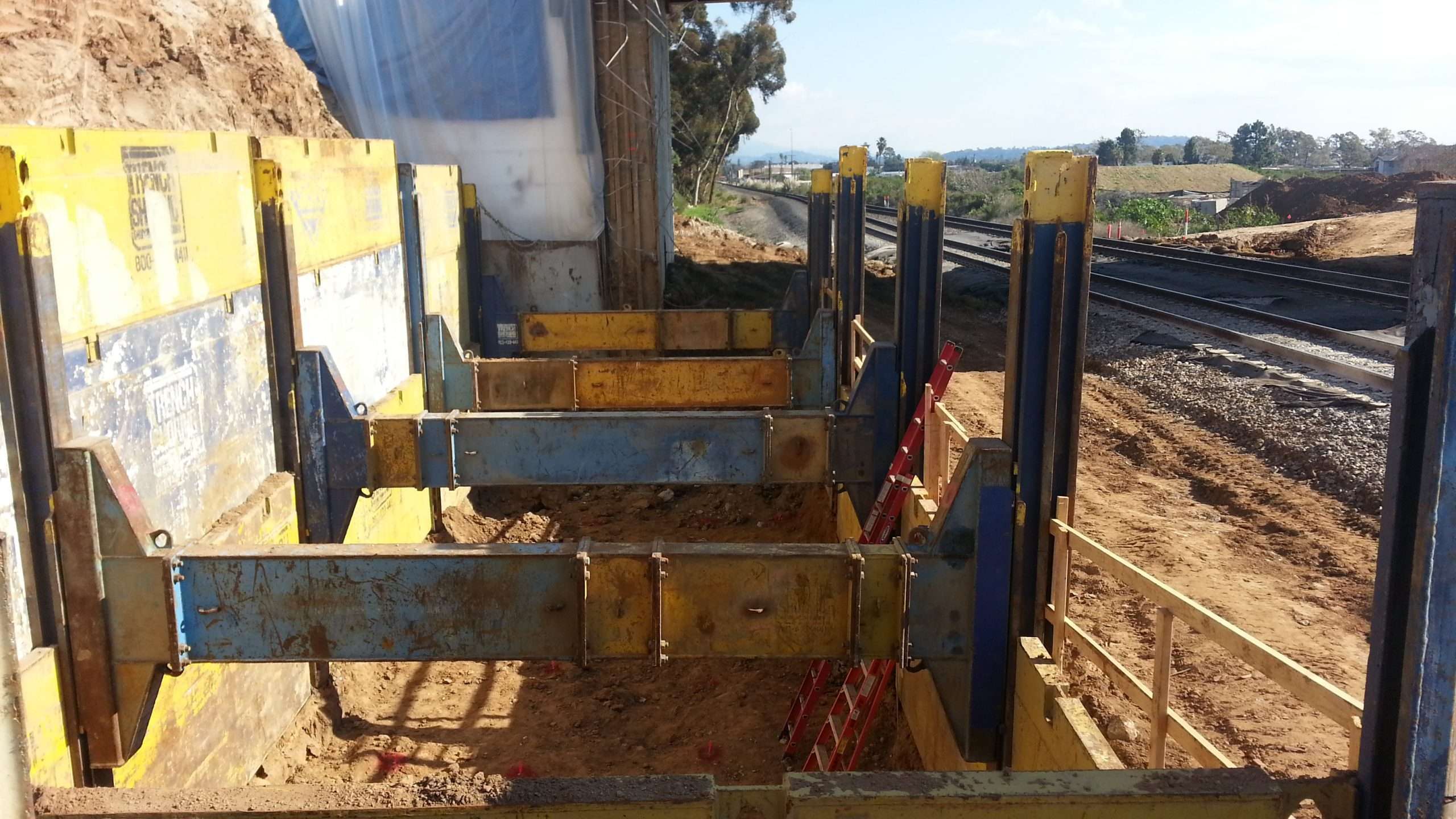When one ponders over the marvels of modern transportation, trains undeniably carve a niche for themselves as engineering wonders and logistical masterpieces. Among the multitude of factors that keep them running, the third rail system occupies a vital niche in the operation of electric trains. The entities behind these powerful systems, the third rail train equipment manufacturers, often go unnoticed. These specialized manufacturers spearhead the construction of the infrastructural backbone that fuels numerous electric train systems worldwide, facilitating seamless commutes and rapid goods transport.
Behind the Scenes: The Role of the Third Rail
In the intricate realm of electric railways, the third rail emerges as a critical lifeline. Designed to supply an uninterrupted flow of electric power to the locomotive, this component is a cornerstone of efficient railway operation. Unlike the more visible overhead power lines, third rail systems provide the distinct advantage of lower visibility, blending into the railway architecture, and allowing trains to pass under structures without height restrictions. The responsibility of maintaining this unobtrusive power lifeline falls on the manufacturers specializing in third rail production, who constantly seek to innovate and improve for greater efficiency and safety.
The Making Process: Unveiling the Art of Manufacturing
Crafting third rail equipment is an intricate process that calls for precision, rigorous quality control, and a deep understanding of materials science and electrical systems. The third rail, typically constructed from robust and conductive materials such as steel or aluminum, must withstand varying environmental conditions and wear and tear. The design intricacies don’t end here, though. The production also focuses on the insulators that uphold the rail, the protective covers shielding it, and the contact shoes on the trains that draw power from it. Each component must meet the highest standards of quality and safety, a testament to the manufacturer’s unwavering commitment to excellence.
Safety Standards: A Priority in Manufacturing
Given the high-voltage electricity coursing through the third rail, safety is not just an important aspect—it’s an absolute prerequisite. Manufacturers must strictly abide by international safety standards and regulations throughout the production process. Every step, from choosing insulating materials to prevent electrocution risks to adding protective covers to ward off accidental contact, is designed to ensure the safe operation of the rail system. Regular testing and quality checks are also integral to the manufacturing process, reinforcing the manufacturer’s dedication to safety and reliability.
Innovation and Sustainability: Driving the Future
Manufacturers strive to pioneer more efficient designs, integrate cutting-edge technology for system monitoring, and streamline maintenance procedures. Concurrently, sustainability has emerged as a guiding light in contemporary manufacturing practices. Environmental considerations are shaping the way manufacturers operate, pushing them to adopt more eco-friendly production processes, including the use of recyclable materials or energy-saving manufacturing techniques. The success of excavation and rail projects hinges on the utilization of advanced excavators, tailored to handle the unique challenges posed by working alongside tracks.
Global Impact: Building the Veins of Modern Transportation
The global impact of third rail train equipment manufacturers is extensive and far-reaching. Their products fuel urban metros, airport transit systems, and even certain high-speed rail networks, forming reliable transport links and promoting connectivity. Through their ongoing dedication to enhancing their products, these manufacturers contribute significantly to the evolution of global transportation infrastructure. Their work helps build the very veins that facilitate modern, fast-paced, and interconnected life possible, ensuring cities and countries stay in motion.
Conclusion: The Power Behind the Third Rail
In conclusion, a third rail train equipment manufacturer plays a pivotal role in the narrative of modern electric railways. They envision, craft, and enhance systems that power innumerable journeys around the world every day. Their unwavering commitment to quality, safety, and innovation is palpable in their work. Behind every electric train that glides smoothly along its tracks is the expertise of these dedicated manufacturers, assuring that the third rail system—the lifeblood of electric railways—operates flawlessly. Their contribution to modern transportation is immeasurable, underscoring the indispensability of their work in one’s daily lives.







